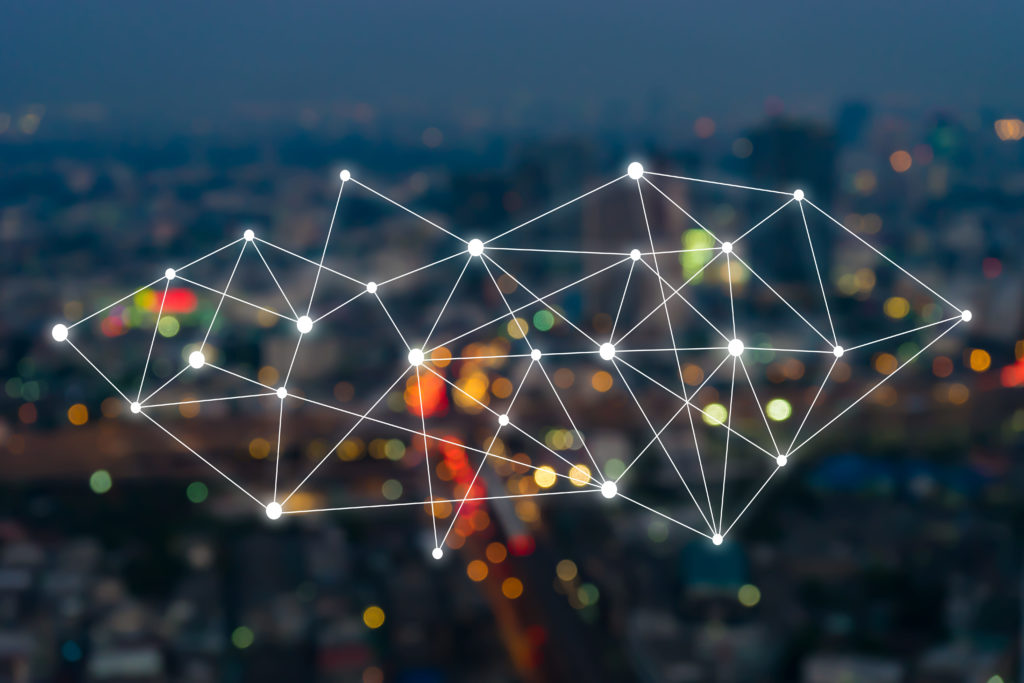The rate of progress
We, as humans have existed for around 300,000 years. It took us around 288,000 of those to invent agriculture and a further 5000 years to invent the wheel. Comparatively, we made the transition from steam engines (invented in 1712) to the Internet (1989) in just 277 years. These technologies all had a dramatic impact on the quality of human life in their own right and their creation also facilitated the invention of further technologies.
It is thought, for example that the invention of agriculture was pivotal in the creation of trade routes, the beginnings of villages and importantly, the generation of free-time, otherwise spent hunting and gathering, which could instead be used for further invention. Similarly, the internet has increased the rate of progress dramatically by improving connectivity and the efficiency of information sharing. Technology has taken us further in the past 100 years than in the preceding 1000 and the rate of progress is increasing exponentially.
It strikes me that we are now living in an extremely unusual, and therefore interesting period of time. For perhaps the first time in history, we have several modern technologies which stand poised to deliver similarly game-changing benefits to society and to the rate of progression.
Equally novel, the impact of these technologies isn’t something we will have to wait long for. Drones, 3d printing, machine learning, cryptocurrency… these are technologies which are only decades old but which could dramatically change the near future. I spend a lot of time wondering what the life of a human may look like in the future and how emerging technologies could influence this.
The Internet of Things
One of the most exciting of these for me is the Internet of Things (IoT), particularly in relation to smart cities. In case you’re unfamiliar, the IoT is a network of things (sensors, computers, people) which can pass data to each other, building up a large-scale view of whatever it is you’re sensing. For example, in infrastructure asset management, parameters such as asset deterioration, traffic flow, air pollution, temperature extremes and other changes could all be measured to aid in data-based, strategic and operational decision making.
An extremely promising implication of this is that once enough sensors are installed and a suitable data model created, IoT technology can capture and process information about many aspects of an entire city, building up a detailed image of a city’s workings and making that data available for analysis. The potential benefits are huge, we could improve efficiency across a broad range of sectors, drive economic benefits and improve the average quality of life.
But how close is this to being a reality?
Many cities around the world are already implementing IoT technology in many interesting ways, specific to the challenges faced in each city. London, for example is using IoT tech to reduce congestion. A surprisingly high amount of congestion is due simply to cars circulating when trying to find a parking space. One system in place detects open parking spots and notifies drivers, streamlining the flow of traffic.
In Oslo, IoT tech is being used to reduce emissions, with the goal of making the city 95% climate neutral by 2030. The city has created a publicly accessible “climate dashboard” which displays climate and environmental data such as air quality, pedestrian counts, traffic counts and charging station usage. The data is visualised in real time and recorded, allowing for spatial and temporal analysis as well as predictive modelling through machine learning. Eventually, the data can be used for reporting, giving interested parties a view of the city’s progress towards various performance indicators.
The value of open data
Data, counter-intuitively is at its most valuable when it is free. Many cities, Oslo and London included have made data such as this open to the public, empowering people to explore a location in ways which would have been thought impossible less than 20 years ago. Data, unlike other, finite commodities (such as oil) can be re-purposed and re-used infinitely without being depleted, what one is able to do with the data is what ultimately determines its worth. Ignoring this important property of data by claiming ownership and restricting access ultimately reduces its value.
In conclusion
We are just beginning to explore the potential benefits of open I0T data and technology. The scope is huge, the challenges potentially daunting but the rewards for those ahead of the curve will be insurmountable. I look forward to seeing the impact of cities which are run by data, where decision making is informed, communities are engaged in local goals, infrastructure and transport is improved and environmental impact reduced.



